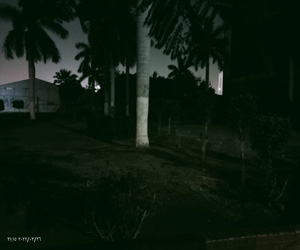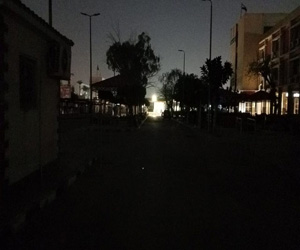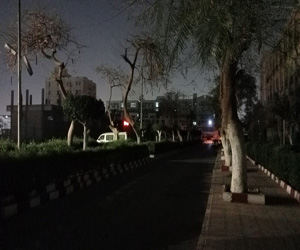Ain Shams University participates in the "Earth Hour" by turning off the lights
Ain Shams University participated in the global environmental event "Earth Hour", which was held on Saturday, March 26, in which a large number of countries around the world participated, where the lights were turned off in the university buildings, under the auspices of Prof. Dr. Mahmoud El-Metini, President of Ain Shams University, Prof. Dr. Hesham Tamraz, Vice President for Community Service and Environmental Development.
Prof. Dr. Hesham Tamraz, Vice President for Community Service and Environmental Development, said that Ain Shams University's participation in this global event comes within the framework of the university's keenness to spread awareness in the field of rationalizing energy consumption to confront global warming and climate changes, in addition to reducing emissions to protect the environment.
Prof. Dr. Gehan Ragab, Advisor to the Vice President for Community Service and Environmental Development Affairs, said that the lights were turned off on the university campus (one), in which the Saffron Palace is located, and the lights were turned off on campus (two).
 |
 |
 |
||
It is worth noting that the global initiative "Earth Hour" was launched in Sydney, Australia in 2007, and quickly grew to become the world's largest grassroots movement in the field of environment, and a source of inspiration for individuals, communities, companies and organizations in more than 188 countries and territories to take concrete actions to address the effects of climate change. Participation in Earth Hour is one of the mechanisms to engage people in the fight against climate change and harness the collective power of millions of people around the world to highlight the issue of climate.
Earth Hour is considered the most important global environmental event, based on community participation, and the reason for choosing the date of the event is to coincide with the last Saturday of March every year and its proximity to the date of the vernal equinox, i.e. night and day are equal, and to ensure the participation of most cities of the world at a close time of night in this Cities, where Earth Hour moves across time zones respectively.


.svg)




